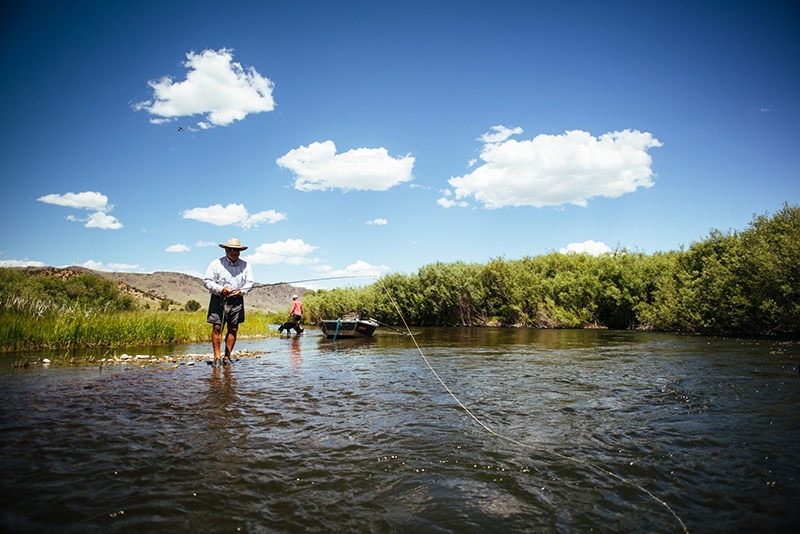TU relies on volunteer leaders working in collaboration with staff to bring the coldwater conservation mission to life through advocacy efforts, hands-on restoration and community engagement work.
Because TU members have planted willows, removed riverside trash, taught the next generation to care about our watersheds, and much more… when TU members speak-up for trout and salmon, they are heard. This makes TU uniquely positioned to make real and lasting impacts on conservation advocacy. Organizing those voices to amplify their impact is critically important through your chapter’s advocacy committee.
Advocacy Committee
As your team starts to review the committee’s leadership needs and populate a list for potential candidates, consider drafting a position description for each committee role. This will help your committee members understand their role and responsibilities during the recruitment process as well as during their term. This will increase satisfaction as well as efficiency and effectiveness.
Example Chapter Advocacy Committee Chair Position Description
Once you the committee is populated, you will want to welcome and orient your new members as well as start to discuss priorities with your council and TU staff to generate a cohesive plan moving forward (Council Example Calendar and Chapter Example Calendar).
Advocacy Campaigns
There are a variety of models to move your policy efforts forward based on how decisions are made, your existing relationships with decision makers and the issue. In general, your team will find it helpful to discuss the following as you draft your campaign plan(s):
Set priorities: Discuss priorities with your chapter and council leaders as well as TU staff to guide your efforts effectively and efficiently.
Identify the issue: What is the issue? Why does it matter? How is it perceived in the area? What talking points is the opposition using? What are your next actions?
Identify targets: Who has influence as a decision maker? Who has influence over the decision makers? What are they motivated by? How can you craft your message to reach your targets?
Identify messengers: Who has the ear of the influencers? What mode of communication and language is best fit to transmit the message from messenger to influencer? What voices are most influential to your targets?
Foster allies: Who might collaborate with your efforts to grow your impact? Build partnerships and alliances to grow issue support, focusing on most influential voices as messengers.
Build relationships: Work with agency partners, get to know lawmakers and learn from the opposition to adapt your strategy and overarching campaign plan as needed, keeping in mind that some day you may be allies.
In crafting your plans, you may find these advocacy tactics and resources helpful as they contain additional guidance on specific actions to bring your plan with specific campaigns to life.


